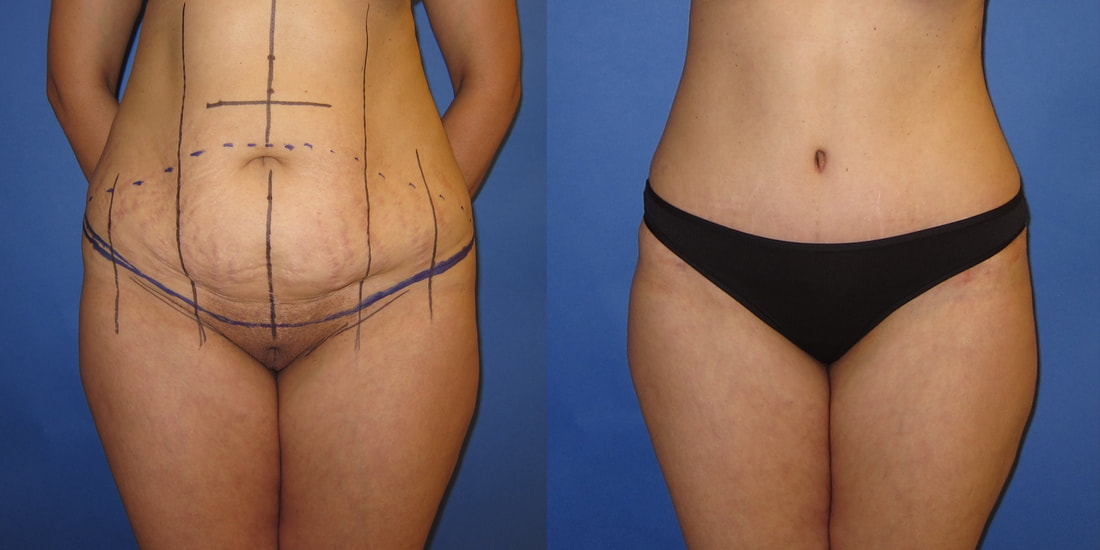24 Hours To Improving Calf Implants
The experience of sunburn can be a very efficient (i.e. agonizing) reminder to heed appropriate protection on future events. However more notably, it needs to be a tip of the long-term results of sun direct exposure on our bodies and health which can include aging of the skin and skin cancer.
In order to more totally comprehend these effects, lets have a look at exactly what sunburn is, its signs and its impact on the body.
Sunburn results when the quantity of exposure to the sun, or other ultraviolet light source (e.g. tanning lights and welding arcs etc.), surpasses the capability of the body's protective pigment, melanin, to protect the skin. Melanin content differs greatly, however in basic darker skinned people have more melanin than lighter skinned. (Although fairer skinned individuals are generally more susceptible to getting sunburn than darker skinned people, this certainly does not leave out the latter from danger.).
Sunburn ruins cells in the outer layer of the skin, destructive small capillary underneath. Burns deeper into the skins layers likewise harm elastic fibers in the skin, which over time and with duplicated sun overexposure, can lead to the look of yellowish, old and wrinkly skin.
The damage to skin cells from UV exposure (either sunlight or tanning lamps and so on) can likewise consist of damage to their DNA. Its this duplicated DNA damage, which can http://zionifdp143.fotosdefrases.com/what-freud-can-teach-us-about-gluteal-augmentation-and-lift lead to a cell becoming cancerous. With the incidence of skin cancer rising alarmingly in numerous parts of the world, and with its ability to establish and establish itself in the body long before external signs are identified,-- taking note of this element of sun exposure and sunburn ought to definitely not be disregarded if we are severe about maintaining our health.
Now while it may be simpler to ignore the effects of sunburn happening at a cellular level, disregarding the external symptoms of sunburn in the days immediately following such exposure is entirely another matter.
While sunburn is normally not right away obvious, skin staining (varying from a little pink to severely red or perhaps purplish) will at first appear from 1 24 hr after exposure. Although pain is typically worst 6 2 days afterward, the burn can continue to develop for 24 72 hours after the event. Where there is skin peeling, this usually takes place 3 8 days after the burn takes place.
While minor sunburns typically cause absolutely nothing more than warm/hot skin, small redness, and inflammation to the afflicted area,-- in more serious cases, severe redness, swelling and blistering can occur. These blisters filled with fluid may itch and eventually break. This can then trigger peeling of the skin, exposing an even tenderer layer of skin beneath.
Extreme sunburn can trigger very red, blistered skin but can also be accompanied by fever, chills, queasiness (in many cases vomiting), and dehydration. In circumstances of severe sunburn where the discomfort is incapacitating, medical treatment may be needed.

While the immediate results of sunburn can certainly be painful and trigger discomfort, the genuine deterrent to UV overexposure must be the potential damage to your long-term health consisting of the danger of premature aging of the skin in addition to skin cancer.
Dont let sunburn and sun too much exposure eliminate your chances of taking pleasure in vibrant skin, and a healthy body. Remember, the easiest method to deal with sunburn will always be to avoid it in the first location!
